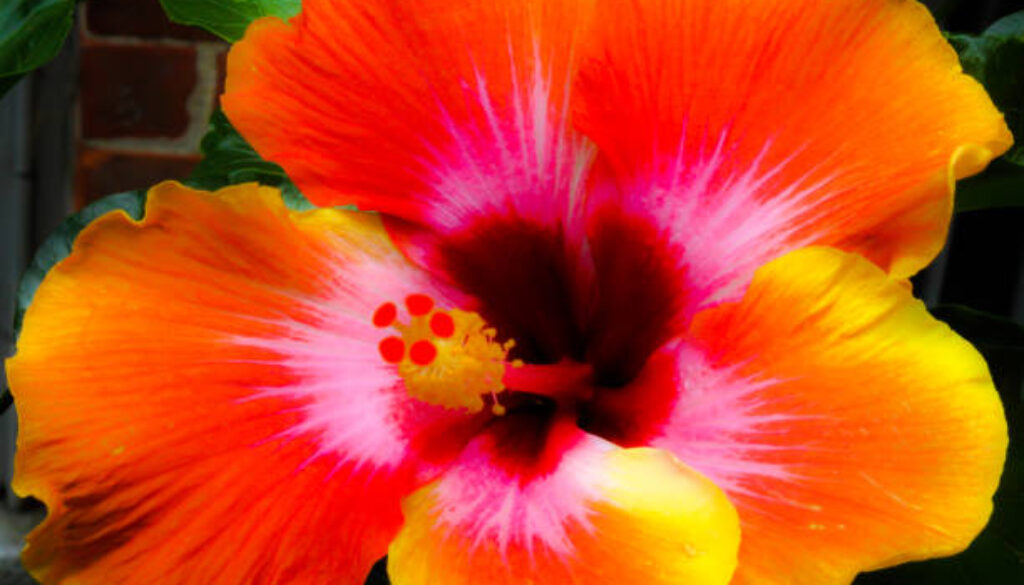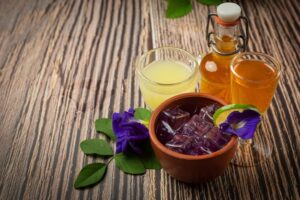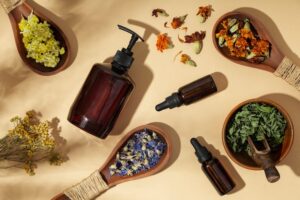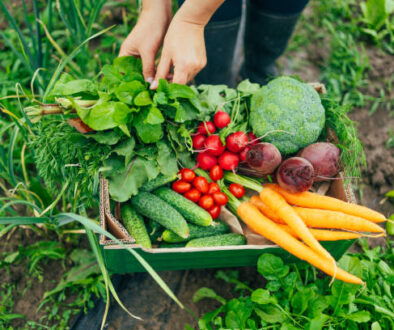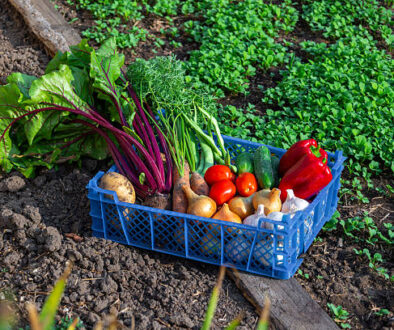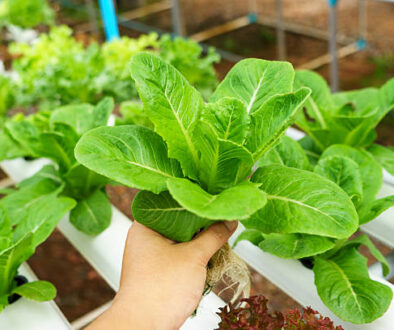Full Steps Guide to Medicinal Herbs to Grow in Early Summer
Quick Disclaimer: This post may contain affiliate links, meaning if you purchase a product through those links, I may receive a small commission with no extra cost to you. Thanks for your support to my work! I only Recommend Products I Trust!
MoreBy the end, you’ll see how simple and rewarding it can be.
So now, grab your gloves (or just your kitchen scissors), and let’s get growing.
Related:
- Top 10 Medicinal Herbs and Healing Plants with Their Benefits and Growing Tips
- 18 Most Powerful Medicinal Herbs You Should Grow in Your Backyard: Must-Have Medicinal Plants
- 15 Beginner-Friendly Herbs To Grow In Your Garden: Herbalism for Beginners (Start Your Herbal Journey Now!)
Choosing the Right Medicinal Herbs for Early Summer
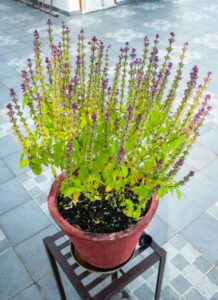
Not every plant will love early summer, so picking the right ones from the start makes all the difference.
This is where you set yourself up for success.
Some great medicinal herbs that thrive in early summer include:
- Chamomile – calming tea, gentle on digestion
- Peppermint – helps with headaches and nausea
- Basil – anti-inflammatory and tasty in salads
- Calendula – skin healing and soothing
- Lemon Balm – great for stress relief
Pro tip: Think about what you’ll actually use. Ever grown something only to let it wilt in the corner?
Growing herbs you’ll use often will keep you motivated.
Where to Plant: Indoors or Outdoors?
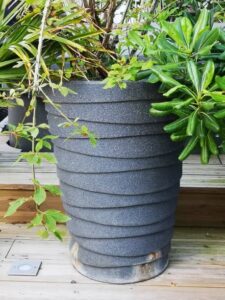
You’ve got two main options: start your herbs indoors or create an outdoor healing garden.
💡Quick Note: Learn How To Transform A Typical Money-Draining House Into A Tiny Profitable Off-The-Grid Homestead. Click Here To Get Started Now!
Which is better? That depends on your space, lifestyle, and patience.
Growing Herbs Indoors
If you’ve got a sunny kitchen window, you can grow many medicinal herbs right there. The perks?
- Easy access when cooking or making herbal tea
- Protection from pests and harsh weather
- Great for apartment living
Keep in mind that growing herbs indoors means you’ll need to rotate them for even sunlight and keep an eye on watering, as they dry out faster inside.
Planting a Medicinal Herbs Garden Outside
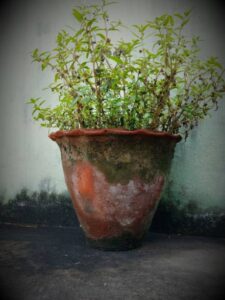
Outdoor planting gives your herb garden more space to spread out and usually produces stronger plants.
- They get natural sunlight all day
- Rain helps with watering
- Pollinators like bees love it
But you’ll need to watch for weeds and bugs. Ever had a snail eat your basil overnight? Yeah… that happens.
Preparing Your Soil and Containers
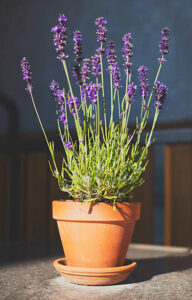
Healthy roots make healthy plants, so don’t skip this step.
- Use well-draining soil—too much water rots roots.
- Mix in compost for nutrients.
- If planting in containers, make sure they have drainage holes.
For gardening for beginners, I recommend starting small, maybe three herbs in individual pots.
🌼Don’t You Dare To Miss Out On This Kit! The Medicinal Garden Kit is a Must-Have for Your Garden. Click Here to Access Now!
You can always expand your medicinal herbs garden later.
Planting Your Medicinal Herbs
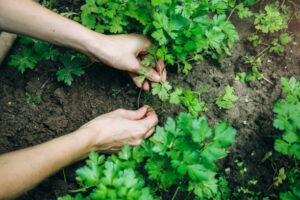
So, how do you actually get them started? It’s easier than you think.
- Fill your container or garden bed with your soil mix.
- Read your seed packet or plant label, different herbs have different depth needs.
- Water gently after planting.
- Place them where they get at least 6 hours of sunlight daily.
Ever planted something and nothing happened? That’s usually because it didn’t get enough light or the soil stayed soggy.
Watering and Sunlight Needs
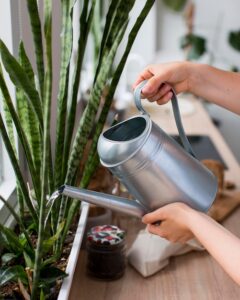
Most medicinal herbs like “even moisture,” which means you keep the soil damp but not soggy.
Watering Tips:
- Stick your finger an inch into the soil, if it’s dry, water it.
- Morning watering is best; it gives plants a drink before the heat of the day.
Sunlight Tips:
- Indoor herbs: Put them near a south-facing window.
- Outdoor herbs: Avoid full-day harsh sun in extremely hot climates; partial shade works for some, like mint and lemon balm.
Pruning and Harvesting for Best Growth
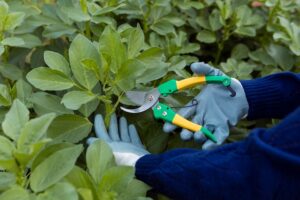
Here’s the fun part: using your herbs! But if you cut too much at once, you might stress the plant.
- Always use sharp scissors.
- Cut just above a leaf node (where two leaves grow from the stem).
- Harvest in the morning when oils are strongest.
Regular pruning encourages more growth. Ever wonder why your basil looks sad? It might just need a haircut.
Drying and Storing Your Medicinal Herbs
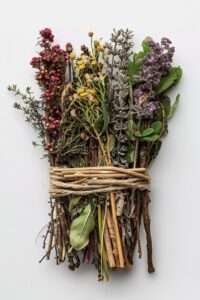
Fresh is great, but you’ll want to save some for later.
Drying Methods:
- Hang small bunches upside down in a warm, dry place.
- Use a dehydrator for quicker results.
- Spread leaves on a tray and air-dry in a shaded spot.
Once dry, store them in airtight jars away from sunlight. That way, your medicine stays potent for months.
💡Quick Note: Learn How To Transform A Typical Money-Draining House Into A Tiny Profitable Off-The-Grid Homestead. Click Here To Get Started Now!
Simple Ways to Use Your Medicinal Herbs
The best part about a healing garden is turning it into everyday remedies.
Herbal Tea
Mint for digestion, chamomile for sleep, lemon balm for stress.
Just steep fresh or dried leaves in hot water for 5–10 minutes.
Skin Salves
Calendula-infused oil works wonders on minor cuts and rashes.
Culinary Uses
Fresh basil in pasta, peppermint in desserts, rosemary in roasted veggies.
Common Mistakes to Avoid
Even experienced gardeners mess up sometimes. Save yourself the trouble:
- Overwatering—kills more plants than underwatering.
- Crowding plants—leads to poor airflow and disease.
- Forgetting to prune — slows down growth.
If you’ve ever had a plant “mysteriously” die, chances are one of these was the cause.
Seasonal Care for Your Medicinal Herbs
Early summer planting is just the start. Keep your herb garden healthy year-round.
- Late summer: Harvest regularly to encourage growth.
- Fall: Move potted herbs indoors if you live in a cold climate.
- Winter: Reduce watering; growth will slow down.
- Spring: Freshen soil and feed with compost.
Expanding Your Healing Garden
Once you master a few plants, you can grow more varieties.
💡Quick Note: 🌼Don’t You Dare To Miss Out On This Kit! The Medicinal Garden Kit is a Must-Have for Your Garden. Click Here to Access Now!
Some herbs to try next:
- Echinacea – immune booster
- Sage – great for sore throats
- Thyme – antibacterial properties
The more you grow, the more you’ll have on hand for both cooking and home remedies.
Conclusion
Starting a medicinal herbs garden in early summer is one of the easiest ways to bring fresh, natural medicine into your daily life.
Whether you’re growing herbs indoors or planting a full healing garden, the steps are simple, the rewards are big, and the cost is low.
You’ll have fresh flavors for your meals, soothing teas for your evenings, and natural remedies for common issues, all from plants you grew yourself.
So why not give it a shot? Your future self will thank you every time you pick a fresh sprig from your own herb garden.
FAQs
- What are the easiest medicinal herbs for beginners?
Basil, peppermint, chamomile, and lemon balm are simple to grow and need minimal care. - Can I grow medicinal herbs indoors all year?
Yes, as long as they get enough sunlight or you use a grow light, you can enjoy fresh herbs year-round. - How often should I water my indoor herbs?
Check the soil every few days; water when the top inch feels dry. - What’s the best way to store dried herbs?
Keep them in airtight containers, away from direct light and heat.
5. Do medicinal herbs need fertilizer?
A little compost or organic fertilizer every month during active growth helps keep them healthy.
